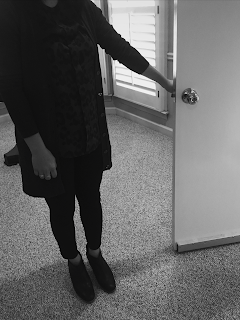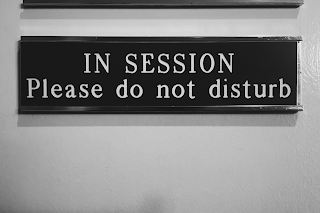It is strange to think that the winter quarter is coming to
an end, and with it, the end of my project on my depression and anxiety; though
the project is not complete in the long term, it will soon be complete for the
purposes of this class. I recall in early January when I first proposed my
idea for this project, recall mid-September when the idea first came to my
mind. When I first thought of doing
this work I made a list of everything I wanted to capture, all the things that
help and hurt me, all the people who have been there for me along the way. It
seemed massive and overwhelming. How could I possibly capture everything I
wanted in a single quarter, just ten weeks? I touched on this when I wrote my
project proposal at the beginning of the quarter, how I was unsure if I would
be able to tackle the enormity this series seemed to be in the time allotted.
And yet, here I am, preparing my final presentation of my work in a few short
days. It feels slightly surreal. Working on this series has been quite the journey for me, a therapeutic journey full of pain and pride, ups and downs. When I started this project I sort of viewed
it like my depression itself—overwhelming, massive, exhaustive, endless; yet
now, being nearly done, both the project and its subject feel much smaller,
more manageable. Looking at all the images lined up together it is almost as if
I have made a guidebook for myself to remind me of what resources I have, the people
and things I can turn to in times of distress. Instead of feeling completely
consumed by my depression, I can now take a step outside of myself and view it
as something separate; my depression is a part of me, but it is not all of me.










